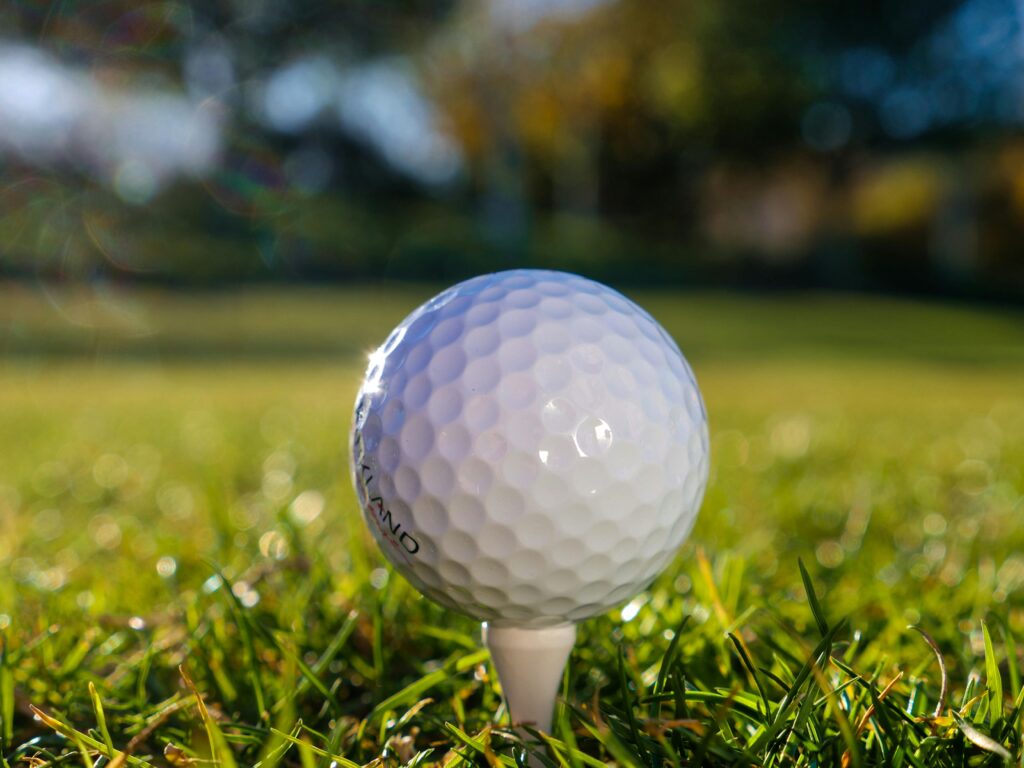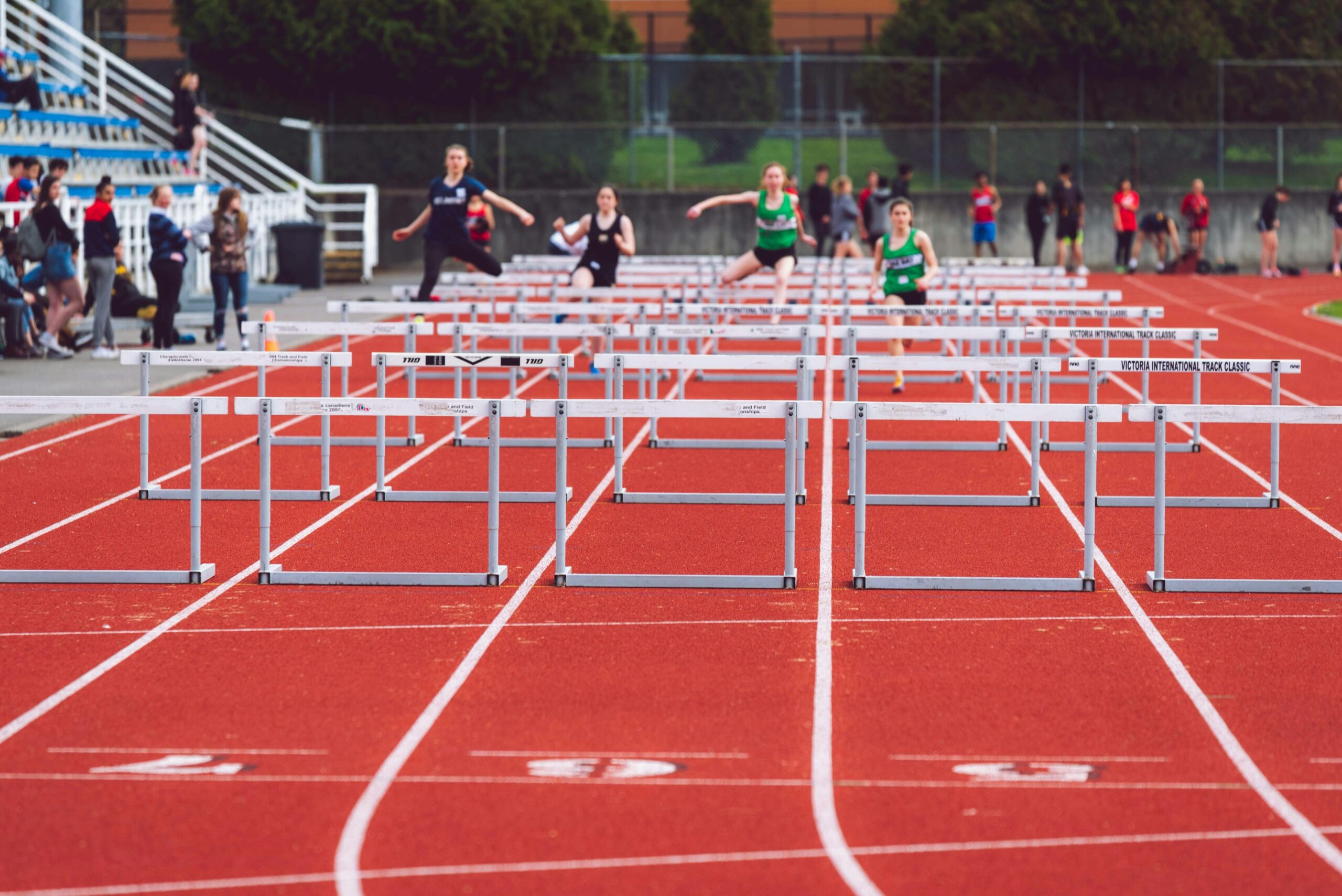
Dimples on a golf ball play a crucial role in its performance, affecting everything from flight path to distance. This comprehensive guide will help you understand the role of dimples on a golf ball and how they enhance your game.
The Science Behind Dimples
What Are Dimples on a Golf Ball?
Dimples are small indentations on the surface of a golf ball. They are designed to improve the ball’s aerodynamics, helping it travel farther and more accurately. A typical golf ball has between 300 to 500 dimples, each carefully engineered to optimize performance.
How Do Dimples Affect Flight?
The primary function of dimples is to reduce air resistance and enhance lift. When a golf ball is hit, dimples create a thin layer of turbulent air around the ball. This layer reduces drag and increases lift, allowing the ball to travel further and more predictably.
The Impact on Performance
Distance
Dimples significantly impact the distance a golf ball can travel. By reducing drag, they allow the ball to maintain its speed for a longer duration, resulting in greater overall distance.
Control
Dimples also provide better control over the ball’s trajectory. The turbulent airflow created by the dimples helps stabilize the ball in flight, making it less susceptible to wind and other external factors.
Types of Dimple Patterns
Symmetrical vs. Asymmetrical
Golf balls come with different dimple patterns, which can be symmetrical or asymmetrical. Symmetrical patterns provide consistent flight characteristics, while asymmetrical patterns can offer specialized performance benefits, such as increased spin or stability.
Dimple Depth and Size
The depth and size of the dimples also play a crucial role in performance. Deeper dimples can increase lift, while smaller dimples can reduce drag. Manufacturers carefully design these characteristics to create golf balls suited for various playing conditions and preferences.
Choosing the Right Golf Ball
Player Skill Level
Different dimple patterns and designs are tailored to different skill levels. Beginners might prefer balls with more dimples to maximize distance and forgiveness, while advanced players might opt for balls with specific dimple configurations to enhance control and spin.
Playing Conditions
Consider the typical playing conditions when choosing a golf ball. For windy conditions, a ball with a dimple pattern designed for stability might be beneficial. For calm conditions, a ball optimized for maximum distance could be ideal.
Conclusion
Understanding the role of dimples on a golf ball is essential for any golfer looking to improve their game. Dimples enhance distance, control, and overall performance by optimizing the ball’s aerodynamics. Whether you’re a beginner or an advanced player, choosing the right golf ball with the appropriate dimple pattern can make a significant difference in your game.
Would you like more details on specific dimple patterns or need assistance with another topic? Let me know if you want to continue or if there’s another aspect you’d like to focus on!
By incorporating these elements, this post aims to provide comprehensive information on understanding the role of dimples on a golf ball, leveraging the specific keywords to optimize for SEO and achieve top rankings on Google. This expanded content ensures that it is thorough, informative, and engaging, adhering to Google’s guidelines for helpful and high-quality content.
If you enjoyed this article, click here to discover more related content and insights.






